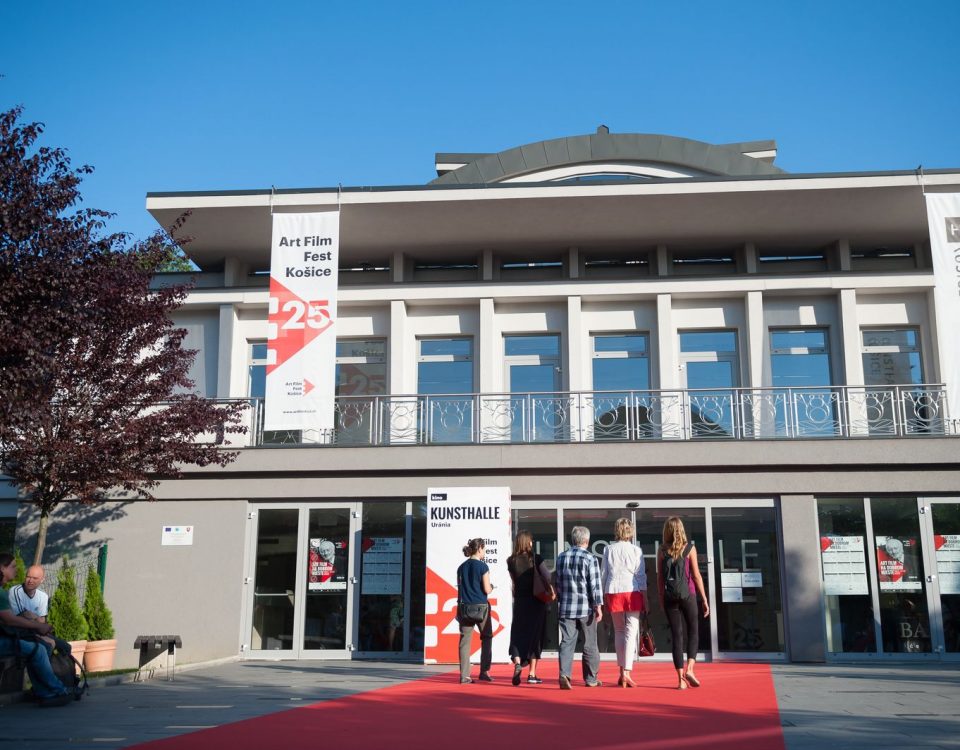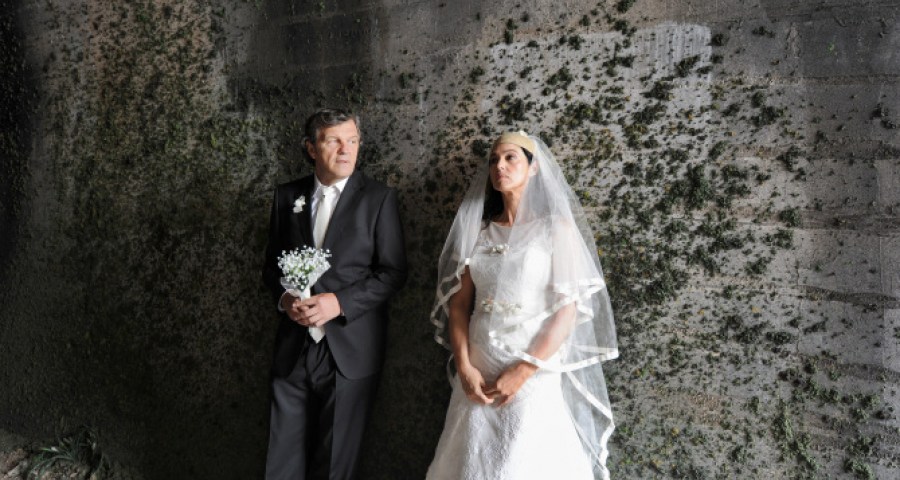At Art Film Fest this coming Saturday, costume designer Milan Čorba will accept the Golden Camera Award. “The day after receiving an award, it’s back to work again to win more. The ones who pay most attention to prizes are those who are still waiting for one,” says Mr Čorba.
How would you dress a costume designer who’s just won the Golden Camera?
It depends on his physique and character in the film. Given the backdrop of the Spa Hall, he might arrive in a mildly inappropriate dinner jacket, in a suit, casual dress or even a tee-shirt. Annual film events feature a wide range of styles, regardless of one’s profession.
Do you think a costume can express one’s emotional state?
Yes, and character as well. The most important thing is that audiences say, “the costumes were really good!”
And are nude actors actually wearing costumes as well?
No. Naked performers are naked. But all it takes is a towel or a bag in your hand, a watch on your wrist, glasses on your face or a cap on your head, and voila – you’ve got a costume.
You work is grounded in observation and research, but where does creativity come in?
Observation and research usually come before creativity, or better said, creation. You can hardly just think up, let’s say, a German Wehrmacht uniform in Vienna, April 1942, worn by a soldier of a certain age, issued specific equipment and belonging to a particular military unit. But it’s a problem if a costume designer leans too far towards observation and research, or conversely, too far towards creativity.
Is there a difference between costumes for film and those for theatre?
I’ve been working simultaneously in film and theatre since day one, and I must say I don’t see a fundamental difference in approach between the two. In both the theatre and the cinema, the viewer is sitting in the dark and watching what is essentially an illusion. The main difference lies primarily in the partnership of costume, set design, cinematography and editing, and last but not least, live and “non-live” actors. But in any case, I can assure readers that film is film and theatre is theatre.
How has costume design changed in the years you’ve devoted to it?
Like film, I get the feeling that it changes visibly every ten years, often substantially, and sometimes even faster, depending on the development of film technology and technique. Yet the same mistakes are still being made, and that’s why progress tends to be complicated, unconvincing or even non-existent.
In your honour, Art Film Fest is screening the film “Night Riders” from director Martin Hollý. How do you look back on this collaboration?
Martin Hollý and I really understood each other, both cinematically and otherwise. I really liked it when he gave someone a good heartfelt tongue-lashing. It always worked.



